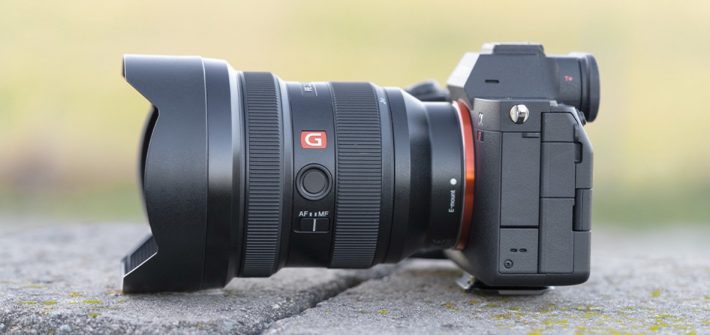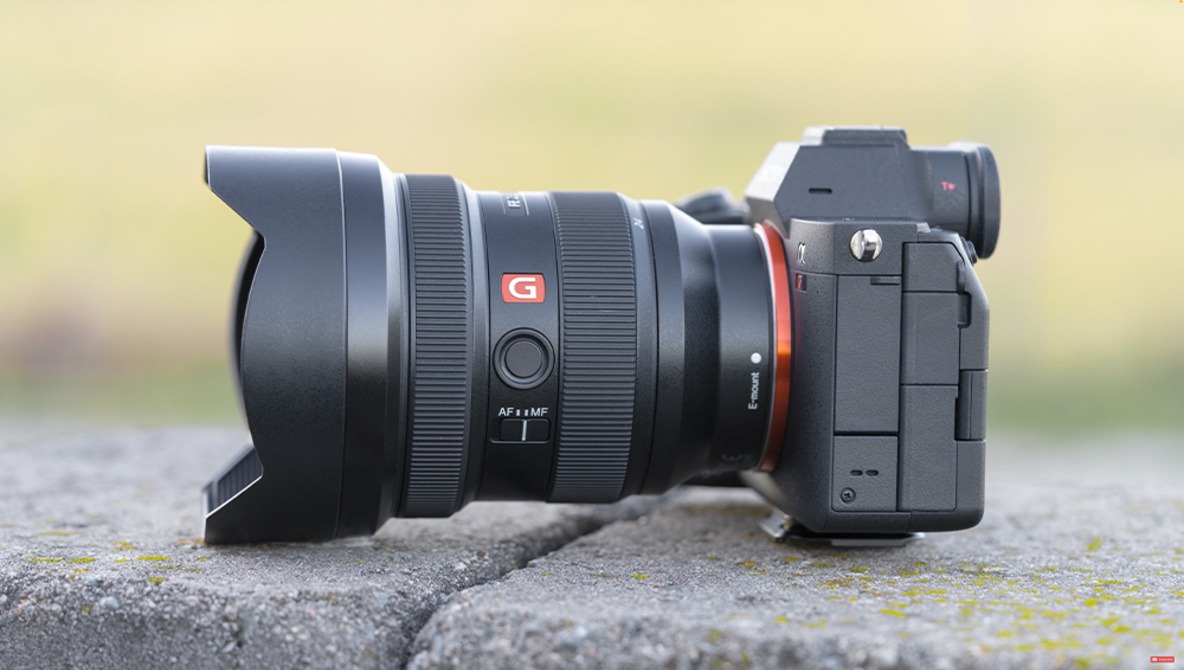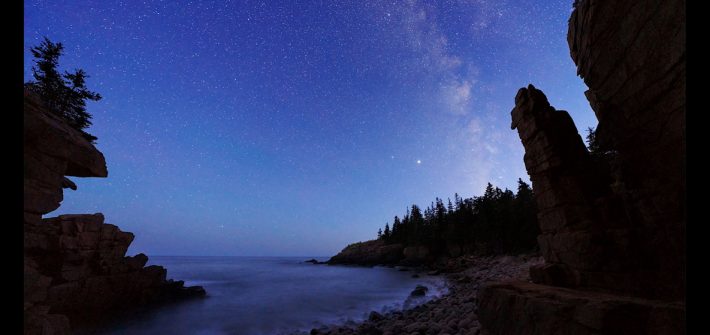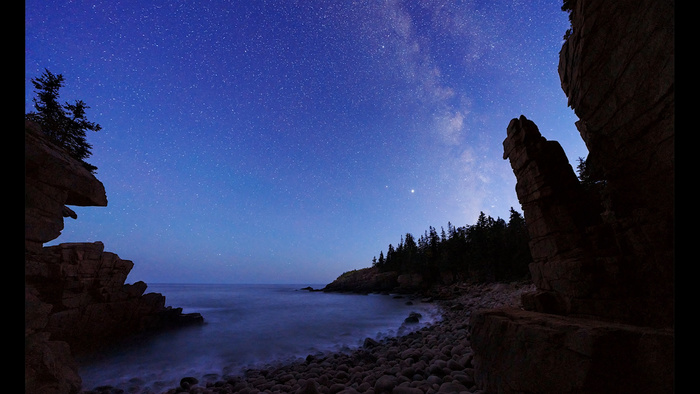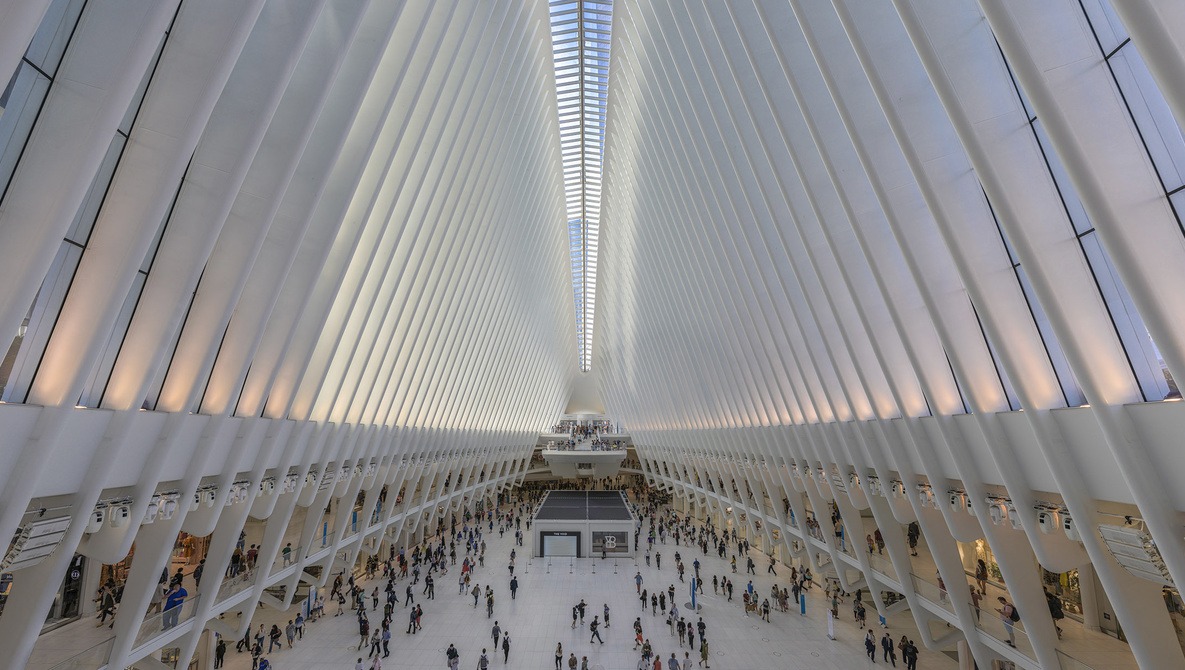Ultra-wide angle zoom lenses with wide maximum apertures are popular for a variety of uses, ranging from astrophotography to weddings and events work. For Sony shooters looking for professional-level options, there is the FE 12-24mm f/2.8 GM, and this excellent video review takes a look at the lens and the sort of performance and image quality you can expect from it in usage.
Astrophotography
A Review of the Samyang 35mm f/1.4 AF II Lens
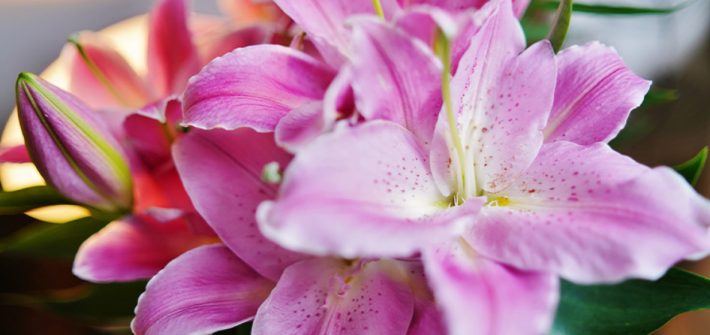
A 35mm lens with a wide maximum aperture is useful for a huge range of applications, including portraits, landscapes, astrophotography, events coverage, and more. However, such a lens can easily cost over $2,000. As such, at $799, the Samyang 35mm f/1.4 AF II is quite an intriguing option. This excellent video review takes a look at the lens and the sort of performance and image quality you can expect from it in usage.
Skills Every Photographer Should Have for Night Sky Photography
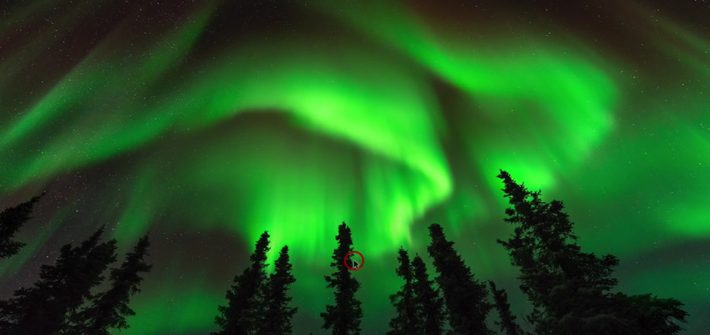
The night sky offers stunning photographic opportunities for all sorts of genres, but with those comes an array of challenges that require some specialized skills. This helpful video tutorial discusses some of the most essential skills photographers need to have for night sky work.
![]()
Testing the Google Pixel 6 Pro for Landscape Photography
Mobile phones have been hauling gains in usability for photography and videography year on year. It’s comfortably to the point where a cutting-edge smartphone in the right hands can create images — particularly those that do not require a narrow depth of field — that is indistinguishable from interchangeable lens cameras.
![]()
A Review of the Voigtländer Nokton 35mm f/1.2 SE Lens

35mm lenses with wide maximum apertures are some of the most popular and versatile out there, suitable for a huge range of applications, from events coverage to portraits, astrophotography, and more. The Voigtländer Nokton 35mm f/1.2 SE is quite an interesting alternative to many mainstream options, and this excellent video review takes a look at the lens and the sort of performance and image quality you can expect from it in practice.
Do You Need To Be the Best at Photography?

It’s probably fair to say that we would all like to improve our photography, perhaps in a small specific way or maybe a whole new aspect, such as off-camera flash or wedding photography. Having a desire to improve is why we do things like buying lots of expensive new equipment in the hope it will improve our images or spend hours taking photos and editing them, much to the annoyance of our family and partners.
![]()
Photoshop Isn’t King Here: The Speciality Programs That Are Just Plain Better

Just about every important image I publish or send to a client passes through Photoshop. It’s an essential part of my workflow, and if you’re like most photographers, I’m sure it’s a part of yours. There are, however, a number of cases where I’ve just found a significantly better tool for the job, one that’s worth paying for. Want to see why you should consider snagging these programs that beat Photoshop at their own game?
